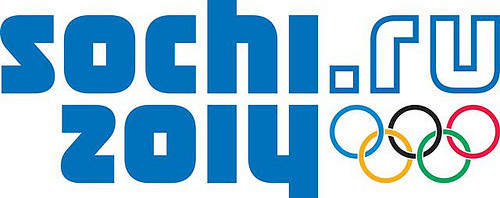Emotions are running at an all time high as the 2014 Winter Olympics begin. Similarly to any other year, there is a general feeling of excitement and pride among the approximate 4.7 billion viewers who tune into the Games. Sochi, however, is a game changer.
With the prevalence of many social and political issues taking place in Russia, such as the condemnation of LGBT rights and threats of terrorism, this year’s Olympic games have sparked global discussions about the safety of athletes and spectators alike. Which is why marketers investing millions of dollars into Olympic advertisements are being forced to partake in a careful balancing act.
On the one hand, the Games offer an opportunity for major brands to reach billions of viewers worldwide and to establish an association with the glory-filled international sporting event. On the other hand, the controversies circulating this year’s games are driving brands to avoid the stigma associated with Sochi and to focus on the qualities that make the Olympics so dynamic and sensational.
So how exactly are brands positioning their ads under these pressurized circumstances? They are mastering the art of storytelling. You’ll see advertisements focused on the personal stories of both little-known and famous Olympic athletes, their hardships, and the overcoming of challenges in the face of adversity. You’ll also see their families, friends, and support systems. In addition, you’ll see them in other places aside from the television; in fact, they’ll be available across a wide spectrum of digital media platforms.
Procter & Gamble
https://www.youtube.com/watch?v=57e4t-fhXDs

Procter & Gamble’s latest “Thank-You, Mom” campaign features an ad called, “Pick ThemBack Up” starring athletes overcoming obstacles as they train for the Olympics thanks to the support of mom. The ad has already been released on P&G’s Youtube channel, receiving over 13.2 million views. In addition, the brand says it has shifted its marketing focus to digital platforms such as social conversations on Facebook and the hashtag, #ThankYouMom on Twitter.
Citi
https://www.youtube.com/watch?v=BjAme8jHs1Q
U.S. Olympic partner, Citi, unveiled a campaign that highlights Olympic athletes and qualifiers associated with the brand. One of its advertisements features alpine skier, Ted Ligety and focuses on the way athletes connect with their chosen sports program.
Why will the storytelling approach click with Millennials?
With such a vast array of messages targeted at the Millennial generation, the ultimate question becomes, “What is the most effective way to create engaging content that Millennials will both tune in to and respond to?”
We live in an opt-in culture now, where we have the capability to fast-forward, exit out of, and Tivo through almost any message. The key is to create content that is not only just relevant, but also emotionally compelling. Perhaps the best strategy is to tell a story: one that Millennials can connect with and furthermore, circulate through social media channels. We already know Millennials to be digital natives, so what better way to connect with them than through digital storytelling? Great stories are more valuable to brands than ever before in a time where the struggle for brand originality is outrageously competitive. If brands truly want to reach the Millennial audience, it’s time to look within and ask, “What is your story?”
Lauren Katz contributed to this post.
Photo credit: Flickr via Russland und Ukraine & P&G


